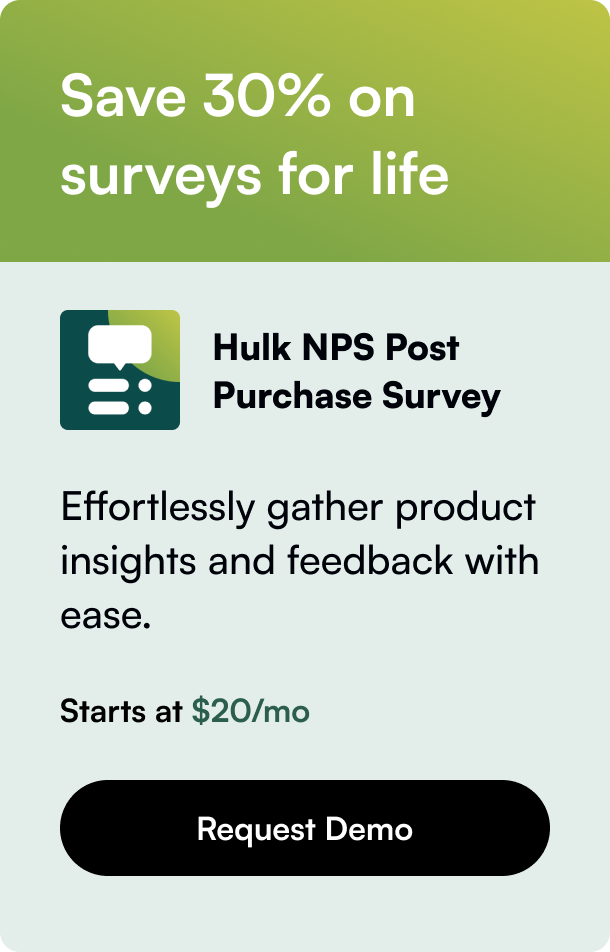Table of Contents
- Introduction
- Why Include A Store Locator?
- Getting Started with Locating Stores on Shopify
- Conclusion
- FAQ Section
Introduction
Have you ever considered the power of locality in the digital commerce world? In an era where everything is online, the bricks and mortar of physical stores still hold significant influence in a consumer's shopping journey. If you're running a Shopify store and looking for ways to seamlessly blend your online touchpoints with offline aesthetics, a store locator could be the tool you're missing. Picture this: a potential customer stumbles upon your online store and realizes they can experience your products first-hand, in a location near them. This merging of convenience allows for a richer customer experience, driving both foot traffic and online sales. But how exactly do you go about implementing a store locator on your Shopify site? Let's navigate through the labyrinth of integrating a store locator into your digital storefront, exploring both the practical steps and the unique value it can bring to your brand.
Why Include A Store Locator?
A store locator does more than just show locations on a map. It's about bridging the gap between online browsing and offline purchasing - and the stats are eye-opening. Statistics reveal that nearly 88% of people who conduct a local search on their mobiles are likely to visit the store within a week. The convenience factor is monumental and could be the push needed for that window shopper to become a loyal customer. Beyond the consumer convenience, having a store locator also leverages local SEO, amplifying your store's discoverability in geographical searches. Now, doesn't that seem like an indispensable addition to your business strategy?
Getting Started with Locating Stores on Shopify
Before we dive into the sea of widgets and code snippets, let's drill down into Shopify’s built-in capacity for managing store locations. Shopify allows merchants to add and manage multiple locations, including warehouses, pop-up stores, and retail stores. These locations play a pivotal role in inventory management, fulfillment, and of course, in powering our store locator.
1. Setting Up Your Locations
First, assess and set up your store locations in the Shopify admin. The number of locations you can have depends on your Shopify subscription plan. In your admin, navigate to 'Settings' and then 'Locations'. This is where you’ll input the addresses that consumers will find when they use your store locator. And keep in mind, deactivating locations is possible without affecting your location limit, preserving flexibility for any business model shifts.
2. Choosing A Store Locator Solution
With your locations primed, the next step is selecting an appropriate tool to showcase them. Shopify provides its own collection of store locator apps, as well as apps developed by third parties that integrate seamlessly into your theme. These include comprehensive solutions like StoreRocket, providing a streamlined setup with a trial period – tempting your experimental instincts, or more established names like SC Store Locator Map that offers geolocation and real-time directions. Each app comes with unique features like customizable designs, extensive search filters, social profile links, among others, ready to fulfill different business requirements.
3. Implementing The App
Choosing your store locator app is followed by the implementation stage. Traditionally, this journey begins with adding a new page to your online store, often assigned a befitting name such as ‘Store Locator’ or ‘Find Us’. For example, with StoreRocket, you would include a bit of HTML code to your page – a process simplified through their user-friendly dashboard. Another option would be using Shopify’s theme customizer to add a map section which requires a Google Maps API key to set up properly.
4. Customizing Your Store Locator
Post-installation, customize your store locator to ensure it resonates well with your brand’s aesthetic. Choose customizable apps that allow color matching, label editing, and custom pins design. This way, a simple widget turns into a business asset as unique as the brand it represents.
5. Regular Updates & Management
Regardless of your choice, regular updates and proactive location management is key. This instills confidence in your consumer base about the reliability of the information provided.
Conclusion
Linking the online consumer’s journey with offline interaction points is more crucial than ever before. Adding a store locator imbues your online store with an invaluable service: it provides trust, it simplifies the user's journey, and most crucially, it personalizes the shopping experience. Affirming the philosophy that sometimes, the old ways – like walking into a store – harmonizes perfectly with the new.
Incorporating a store locator on your Shopify website positions your business for an omnichannel strategy, fostering a close-knit community of online browsers and in-store shoppers. As we’ve seen, the deployment is no Herculean task; a few clicks, a dash of customization, and your store locator can be up and ready, propelling your brand towards new avenues of customer engagement.
FAQ Section
Is a store locator mobile-friendly? Yes, store locator apps designed for Shopify are optimized for mobile use to cater to the significant percentage of users who make local searches on their devices.
Can I manage multiple stores with different information? Absolutely! You can display specific addresses, contact details, promotion notices, and operating hours for each store with ease.
Do store locator apps work for international businesses? Yes, most store locator apps accommodate global business structures, directing users to their nearest location anywhere in the world.
Will adding a store locator to my Shopify improve my SEO? Definitely! A well-integrated store locator advances your local SEO, making your physical stores more detectable on search engines.
Ready to refine your customer’s shopping journey from screen to store? Consider the store locator your next strategic asset.
Built to inform, thanks to programmatic SEO.









